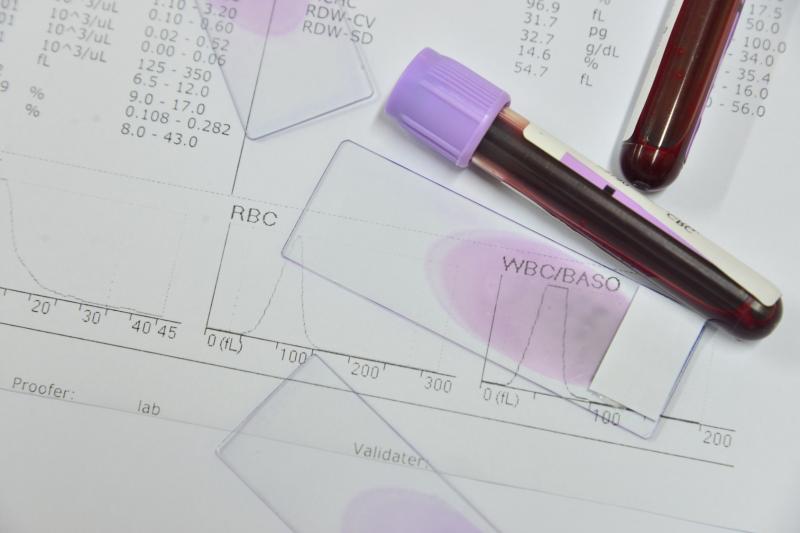
Mass spectrometry outperforms standard surveillance techniques in detecting residual disease in immunoglobulin light-chain (AL) amyloidosis, a recent study has found.
The study included 33 AL amyloidosis patients (median age, 56 years; 55 percent male) who had complete haematologic response and had negative bone marrow findings on six-colour flow cytometry. Serum (SIFE) and urine (UIFE) immunofixation electrophoresis, serum free light chain (FLC), and bone marrow measurements were performed as per standard practice.
Two additional surveillance techniques were used: matrix-assisted laser desorption/ionization-time-of-flight (TOF) mass spectrometry (MASS-FIX) and electrospray ionization and quadrupole TOF mass spectrometry (ESI-TOF).
Upon assessment of complete response, MASS-FIX and ESI-TOF found four participants with evidence of residual disease, resulting in a rate of 12 percent. These patients were previously thought to be in complete response as assessed by SIFE, UIFE, FLC and high-resolution bone marrow flow cytometry.
In turn, patients found positive in mass spectrometry techniques were significantly more likely to experience progression events by 50 months of follow-up than their negative comparators (75 percent vs 13 percent; p=0.003).
Moreover, 10-year survival estimates were also substantially lower in those who had residual disease, although the discrepancy failed to achieve statistical significance (62 percent vs 83 percent).
“Additional work in larger numbers of patients will ultimately be required to determine the range of sensitivity of mass spectroscopy of blood and urine has relative to the next-generation bone marrow testing, but these results are very promising,” said researchers.